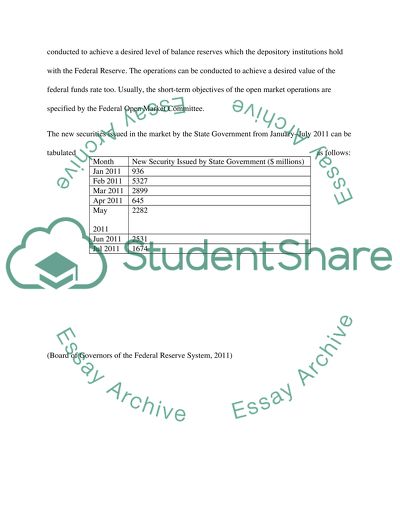Cite this document
(“The Federal Open Market Committee Coursework Example | Topics and Well Written Essays - 1500 words”, n.d.)
Retrieved de https://studentshare.org/macro-microeconomics/1391128-the-federal-open-market-committee
Retrieved de https://studentshare.org/macro-microeconomics/1391128-the-federal-open-market-committee
(The Federal Open Market Committee Coursework Example | Topics and Well Written Essays - 1500 Words)
https://studentshare.org/macro-microeconomics/1391128-the-federal-open-market-committee.
https://studentshare.org/macro-microeconomics/1391128-the-federal-open-market-committee.
“The Federal Open Market Committee Coursework Example | Topics and Well Written Essays - 1500 Words”, n.d. https://studentshare.org/macro-microeconomics/1391128-the-federal-open-market-committee.


